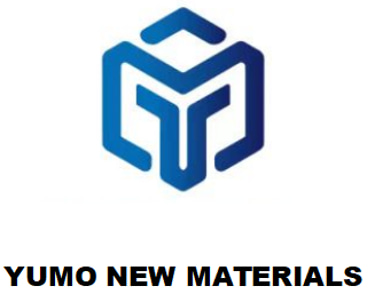HENAN YUMO: Engineered Precision, Uncompromised Performance
White Fused Alumina vs Green Silicon Carbide: 5 Key Performance Comparisons & Industrial Applications
Discover the critical differences between white fused alumina and green silicon carbide. Compare hardness, cost, and industrial applications with real data.
5/16/20252 min read


Introduction to White Fused Alumina and Green Silicon Carbide
In the realm of abrasives and industrial materials, understanding the differences between white fused alumina and green silicon carbide is crucial for optimal applications. Both materials are highly regarded in various industries for their performance characteristics. This blog post delves into five key performance comparisons between these two materials, providing insight into their respective industrial applications.
Performance Comparison
The first aspect to consider is hardness. Green silicon carbide is known for its exceptional hardness and is often employed in demanding applications. It ranks higher on the Mohs scale compared to white fused alumina, making it ideal for cutting applications on harder materials. Conversely, white fused alumina, while slightly softer, offers sufficient durability for a wide range of uses, especially in less aggressive environments.
Next, we discuss abrasive strength. The intrinsic structure of green silicon carbide allows it to maintain sharpness longer than white fused alumina. This characteristic translates into efficient cutting performance and extended tool life, which is particularly beneficial in high-speed machining operations. However, white fused alumina compensates by providing excellent strength and toughness, making it suitable for heavy materials and applications where impact resistance is essential.
Thermal Conductivity and Chemical Stability
Another critical performance factor is thermal conductivity. Green silicon carbide exhibits superior thermal conductivity, which is advantageous in applications requiring heat dissipation, such as in electronic components and thermoelectric devices. In contrast, white fused alumina possesses lower thermal conductivity but is more chemically stable in various environments, making it an outstanding choice for refractory applications.
When considering chemical reactivity, white fused alumina demonstrates resilience in harsh environments, which is useful in the production of ceramics and other materials exposed to reactive substances. Green silicon carbide, while effective in specific circumstances, may not offer the same level of chemical stability under extreme conditions.
Industrial Applications
The industrial applications of these materials are a significant factor to consider. White fused alumina serves a wide range of sectors, including automotive, aerospace, and manufacturing. It is employed in bonded abrasives, coatings, and as an anti-slip aggregate. Its versatility and robustness make it ideal for abrasive blasting and grinding operations.
On the other hand, green silicon carbide is predominantly used in precision applications such as glass grinding, cutting tools, and high-performance ceramics. Its sharp cutting abilities provide superior results in applications that require fine precision and excellent surface finishes.
In summary, both white fused alumina and green silicon carbide hold their respective strengths and are suitable for different industrial applications. Assessing their performance in terms of hardness, abrasive strength, thermal conductivity, and chemical stability allows businesses to make informed choices for their specific requirements. Understanding these differences can lead to optimum performance and operational efficiency in various industrial environments.
